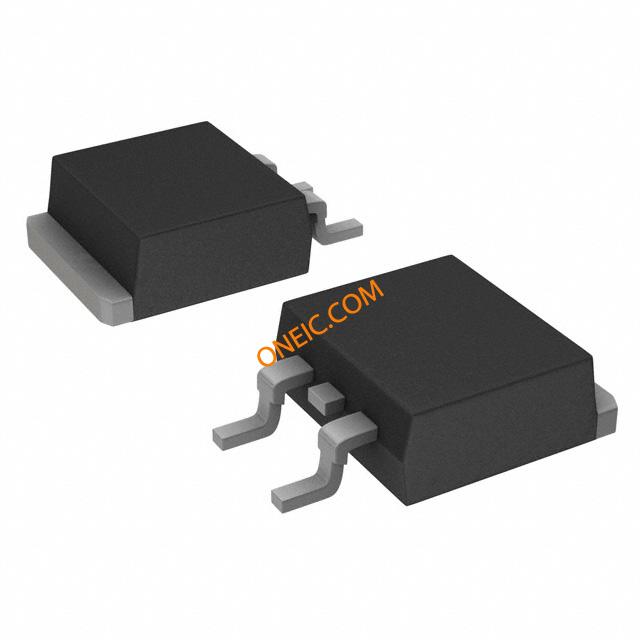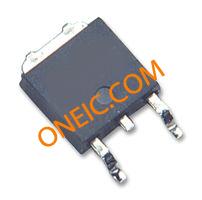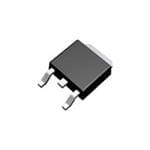2SD1918
NPN bipolar transistors in D-PAK package for high-voltage applications
Manufacturer: ['rohm', 'iscsemi']
series introduction
# Introduction to the 2SD1918 Product Series
## 1. Overview
The 2SD1918 is a well - known and widely used series of bipolar junction transistors (BJTs) in the electronics industry. These transistors play a crucial role in a variety of electronic circuits, offering reliable performance and specific electrical characteristics that make them suitable for multiple applications.
## 2. Basic Structure and Type
### Structure
The 2SD1918 transistors are based on the bipolar junction transistor structure. A BJT consists of three semiconductor regions: the emitter, the base, and the collector. In the case of the 2SD1918, it is an NPN - type transistor. In an NPN transistor, the emitter and collector are made of n - type semiconductor material, while the base is made of p - type semiconductor material. This structure allows for the control of current flow between the collector and the emitter by applying a small current to the base terminal.
### Package
The 2SD1918 is typically available in a TO - 3P package. The TO - 3P package is a through - hole package that provides good mechanical stability and heat dissipation capabilities. It has three leads corresponding to the emitter, base, and collector terminals, which are clearly marked for easy identification during circuit assembly.
## 3. Electrical Characteristics
### Maximum Ratings
- **Collector - Emitter Voltage (VCEO)**: The 2SD1918 can withstand a relatively high collector - emitter voltage, typically around 150V. This high voltage rating makes it suitable for applications where the transistor needs to handle significant voltage differences across the collector and emitter terminals, such as in power amplifier circuits.
- **Collector Current (IC)**: It can handle a large collector current, with a maximum continuous collector current rating of around 15A. This high current - handling capacity enables the transistor to drive high - power loads, making it useful in power supply and motor control applications.
- **Power Dissipation (PD)**: The power dissipation of the 2SD1918 is relatively high, usually around 125W. This means that it can dissipate a significant amount of heat generated during its operation, but proper heat - sinking is still required to ensure reliable performance and prevent overheating.
### DC Current Gain (hFE)
The DC current gain, denoted as hFE, is an important parameter for transistors. For the 2SD1918, the hFE typically ranges from 20 to 100. This current gain indicates how much the base current is amplified to produce the collector current. A relatively stable and predictable hFE value allows for accurate circuit design and control of the transistor's operation.
### Transition Frequency (fT)
The transition frequency (fT) of the 2SD1918 is an important measure of its high - frequency performance. It represents the frequency at which the current gain of the transistor drops to unity (1). The 2SD1918 has a transition frequency of around 30MHz, which means it can operate effectively in medium - frequency applications.
## 4. Applications
### Power Amplifiers
Due to its high voltage and current - handling capabilities, the 2SD1918 is commonly used in power amplifier circuits. In audio power amplifiers, for example, it can amplify low - level audio signals to high - power signals that can drive speakers. The high power dissipation rating allows it to handle the power requirements of the amplifier without overheating, ensuring high - quality audio output.
### Power Supplies
In power supply circuits, the 2SD1918 can be used as a switching transistor or a linear regulator. As a switching transistor, it can rapidly turn on and off to control the flow
Images for reference

TO-263

Image Preview

Image Preview